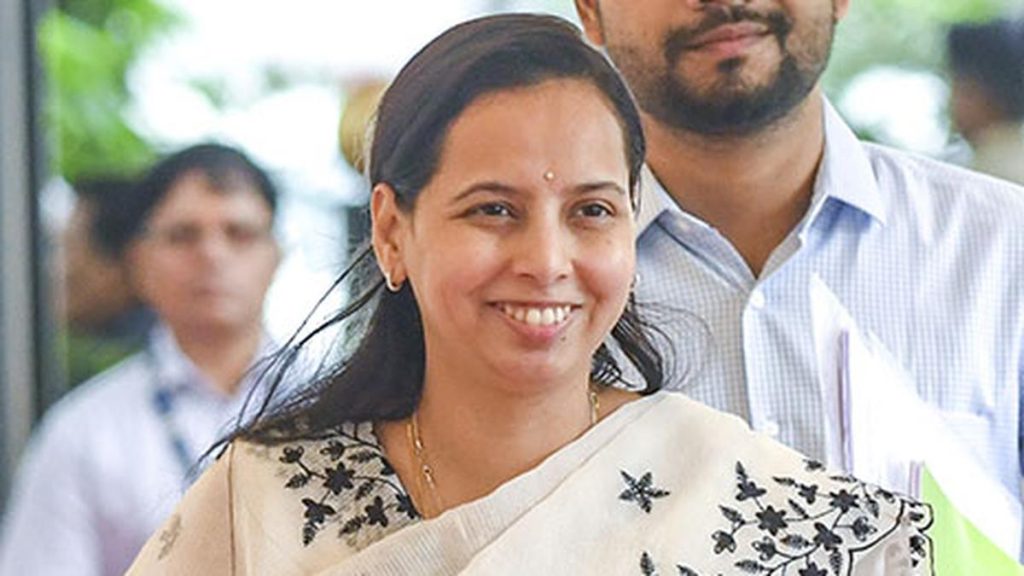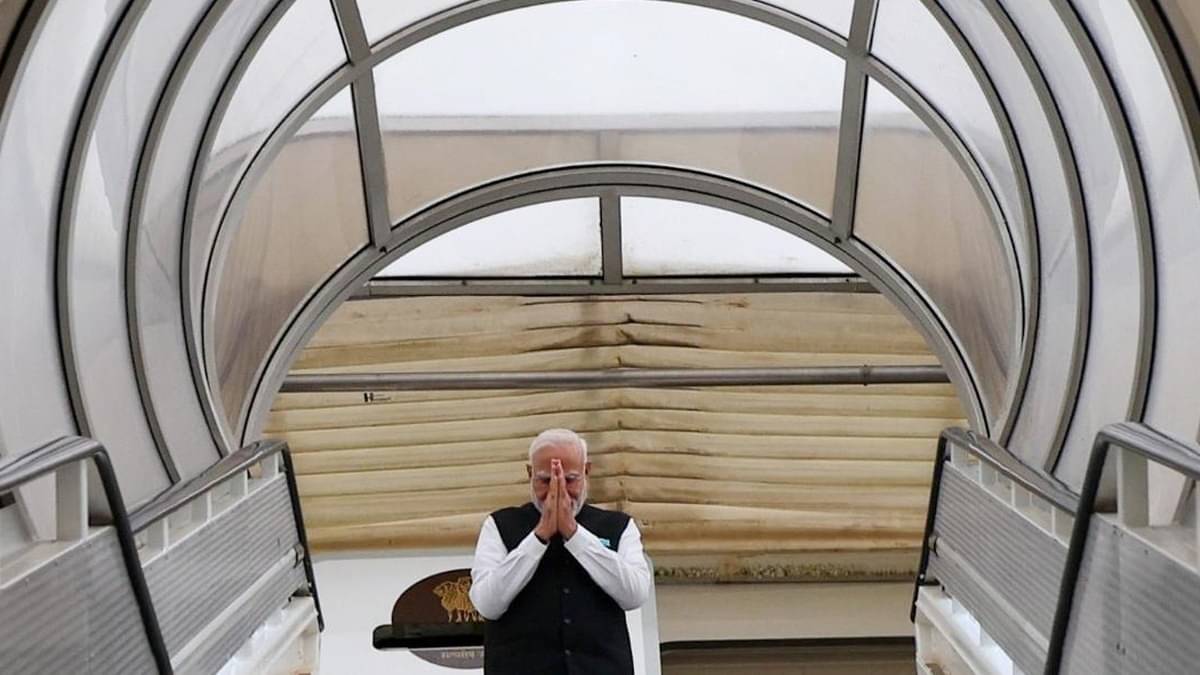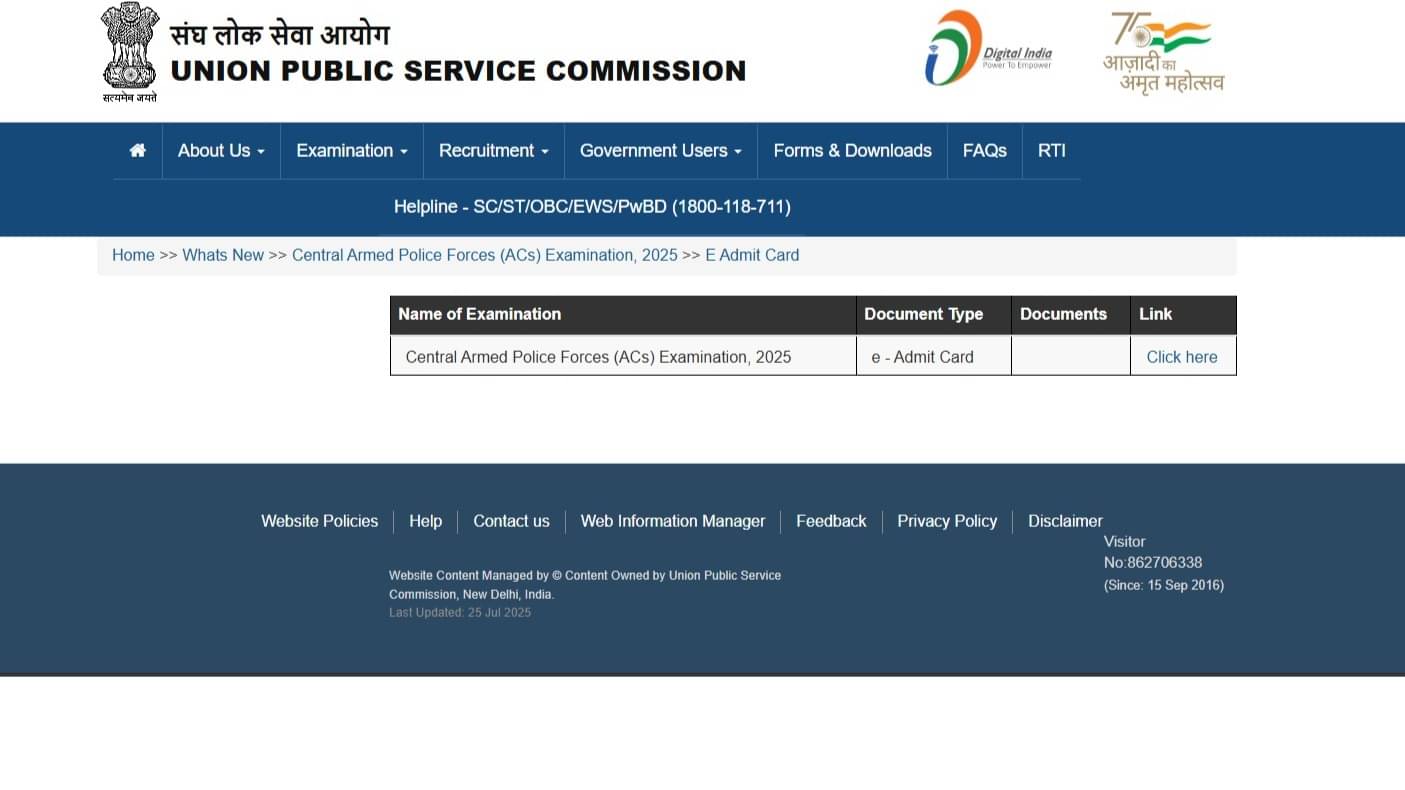Now Reading: Supreme Court Issues 15 Guidelines to Tackle Rising Student Suicides
-
01
Supreme Court Issues 15 Guidelines to Tackle Rising Student Suicides
Supreme Court Issues 15 Guidelines to Tackle Rising Student Suicides

Fast Summary
- Supreme Court’s Guidelines: Teh Supreme Court issued 15 binding guidelines to tackle increasing student suicide rates in India, applicable to all educational institutions, including schools, colleges, universities, coaching centres, and hostels.
- Suicide Statistics: NCRB data showed student suicides increased from 5,425 in 2001 to 13,044 in 2022.Exam failures accounted for the deaths of 2,248 students in 2022.
- Factors Identified: Academic stress and lack of institutional support where highlighted as key contributors to these incidents.
- Mandatory Frameworks:
– Mental health counselling paired with assigned mentors for smaller student groups during exams and academic transitions.
– Biannual mental health training for all staff on psychological first aid and distress management.
– Committees within institutions must address grievances such as sexual harassment or ragging while providing psycho-social support.
– Sensitisation programs for parents and mental health education integrated into regular activities.
- Inclusion Measures: Training staff on engaging sensitively with marginalised communities and promoting non-discriminatory environments was mandated.Suicide helpline displays were also ordered across campuses.
- Recent Case mentioned: A tragic NEET aspirant suicide prompted the Supreme Court’s involvement; the court ordered a CBI investigation into her death.
Indian Opinion Analysis
The Supreme Court’s intervention reflects an urgent need to address a systemic crisis affecting India’s education system. With over 13,000 annual student suicides reported last year alone-several linked directly to exam failures-the rulings aim at comprehensive institutional reforms targeting both prevention and accountability. By making its directives legally binding under Article 32 and Article 141 until legislative action follows suit, the apex court underscores the gravity of this issue.
Introducing mandatory counselling services is a pragmatic approach that prioritises proactive mental health care during critical periods like examinations or academic transitions. Similarly targeted training sessions for staff seek not only immediate intervention but also long-term culture shifts within campuses toward sensitive engagement with students across diverse socio-economic spectrums.
While many measures appear promising-such as encouraging parental sensitisation sessions-it remains vital that execution prioritises practicality without adding excessive administrative burden on already-strained institutions. Furthermore, infrastructure modifications like displaying accessible helpline facts are cost-effective ways to ensure immediate help availability without delay.
Given India’s vast number of educational setups spanning urban metros down through remote regions incorporating accessible platforms existing disparities could smoothened inclusion attempts remain pivotal humanitarian merit grounds besides human dignity fact baseline considerations.’
this ruling signals judicial recognition but ultimately final outcome hinges implementation whether robust long-haul seamless effective inclusive systematic solutions emerge).
























